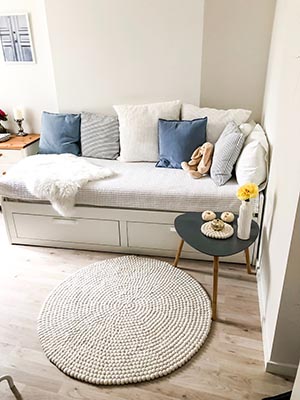
Overview of traditional Native American design elements such as geometric patterns, animal motifs, and tribal symbols
design inspiration from the native american tribes Retailer shop
Native American design elements have long been admired for their beauty, symbolism, and connection to nature. In traditional Native American artistry, geometric patterns, animal motifs, and tribal symbols play a significant role in telling stories, honoring ancestors, and expressing cultural identity.
Geometric patterns are often seen in Native American textiles, pottery, and jewelry. These intricate designs symbolize the interconnectedness of all things in the natural world and represent balance and harmony. From simple triangles and squares to more complex labyrinths and spirals, geometric patterns in Native American design evoke a sense of unity and order.
Animal motifs are another common theme found in traditional Native American art. Animals such as eagles, wolves, bears, and buffalo hold special significance in many native cultures as symbols of strength, wisdom, protection, and spirit guides. These animal motifs are often depicted with bold lines and vibrant colors to capture their power and presence.
Tribal symbols are also an important part of Native American design. Each tribe has its own unique set of symbols that represent its history, beliefs, customs, and traditions. These symbols can include images of sacred animals or plants, clan insignias, suns or moons, or simply abstract shapes that hold deep spiritual meaning.
When incorporating traditional Native American design elements into a retailer shop's decor or merchandise selection, it is important to do so with respect for the culture from which they originate. By honoring these ancient traditions through thoughtful representation and authenticity, retailers can create a space that not only celebrates indigenous artistry but also educates customers about the rich heritage behind each design element.
In conclusion,the use of geometric patterns ,animal motifs,and tribal symbols from traditional native american designs can add a unique touch to any retailer shop's aesthetic while also paying tribute to the artistic legacy of native tribes across North America .
design inspiration from the native american tribes Retailer shop


